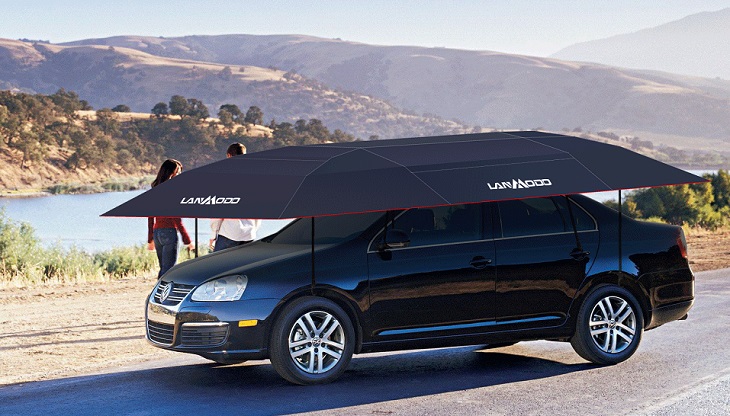Summer heat can be brutal, not just for you but also for your car. Keeping your car cool during extreme temperatures is essential for the comfort, safety, and longevity of your vehicle’s components.
Excessive heat can cause damage to the interior, affect the performance of your car’s electronic systems, and make your driving experience uncomfortable. Fortunately, there are several strategies you can employ to keep your car cool and protect it from the sun’s harsh rays.
From practical preventive measures to smart parking choices, these tips will help you maintain a cooler car even on the hottest days. Let’s explore some effective ways to keep your car cool in extreme summer heat, ensuring a more pleasant and safer driving experience.
1. Use a Sunshade
A sunshade is one of the simplest and most effective tools for keeping your car cool during the summer. Sunshades are designed to block and reflect the sun’s rays, preventing them from heating the interior of your vehicle.
When placed over the windshield, a sunshade can significantly reduce the temperature inside the car, keeping it cooler and more comfortable. There are various types of sunshades available, including foldable, retractable, and custom-fit options.
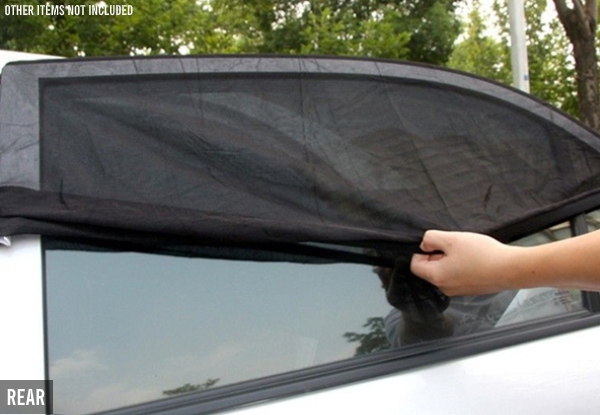
Choose one that fits your vehicle’s windshield properly for maximum coverage and effectiveness. Using a sunshade consistently can also protect your dashboard and seats from UV damage, preventing fading and cracking.
For additional protection, consider using sunshades for your side and rear windows as well. By investing in a quality sunshade, you can reduce the heat buildup in your car and maintain a cooler environment during the hot summer months.
2. Park in the Shade
Parking in the shade is an obvious yet highly effective way to keep your car cool in extreme summer heat. Whenever possible, seek out shaded parking spots, such as under trees, awnings, or structures.
Shaded areas can significantly reduce the amount of direct sunlight hitting your car, helping to maintain a lower interior temperature. If shaded parking is unavailable, consider using a car cover to protect your vehicle from the sun.
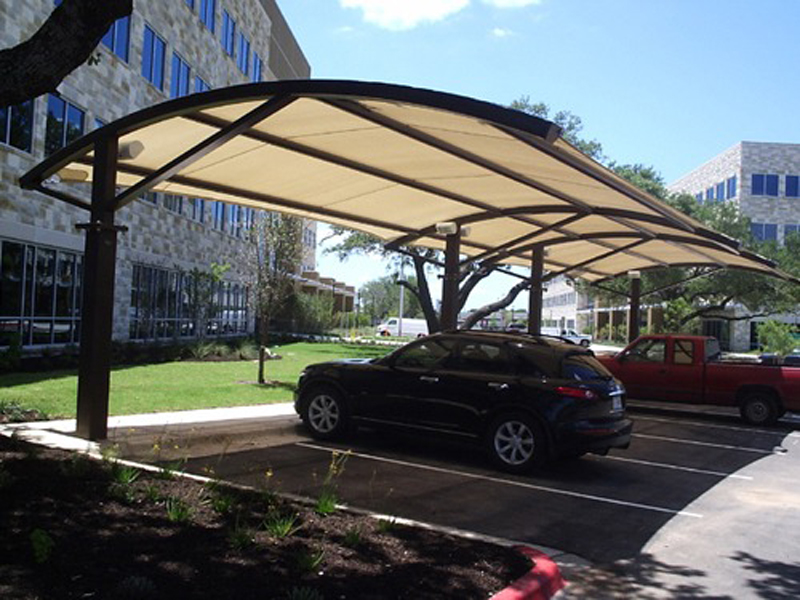
While parking under trees can provide much-needed shade, be mindful of potential hazards like falling branches or tree sap. Alternatively, parking your car facing east in the morning can help minimize sun exposure on the driver’s side, which is often where the sun is strongest during the early part of the day.
Making a habit of parking in the shade not only keeps your car cooler but also protects the interior from sun damage and extends the life of your vehicle’s components.
3. Tint Your Windows
Window tinting is an excellent solution for reducing heat buildup in your car. High-quality window tints are designed to block a significant portion of the sun’s UV rays and reduce glare, keeping the interior cooler and more comfortable.
Tinting your windows can also provide additional privacy and protect your car’s interior from fading and damage caused by prolonged sun exposure. When selecting window tint, ensure it complies with local regulations regarding the permissible level of tinting.
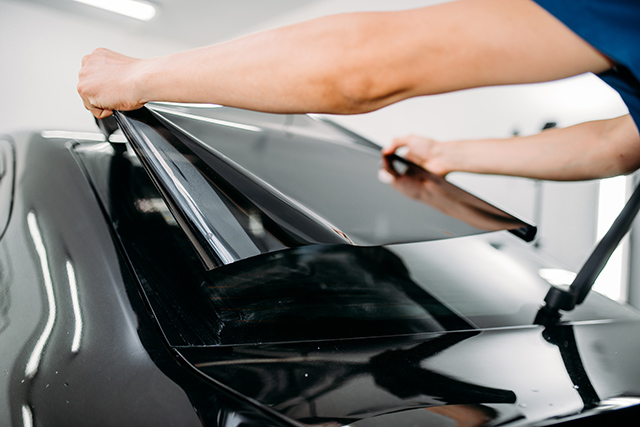
Professional installation is recommended for the best results, as it ensures an even application and adherence to legal standards. In addition to traditional window tints, you can also consider ceramic or infrared window films, which offer superior heat rejection without compromising visibility.
By investing in window tinting, you can significantly reduce the heat inside your car and enjoy a cooler, more pleasant driving experience during the summer months.
4. Use Ventilated Seat Covers
Ventilated seat covers are a great accessory to keep your car seats cool and comfortable in extreme summer heat. These covers are designed with breathable materials and often include built-in ventilation systems that promote airflow and reduce heat buildup.
Some advanced models even feature cooling fans that can be powered through your car’s cigarette lighter or USB ports. Ventilated seat covers help prevent the uncomfortable sensation of sitting on hot seats, making your driving experience more enjoyable.
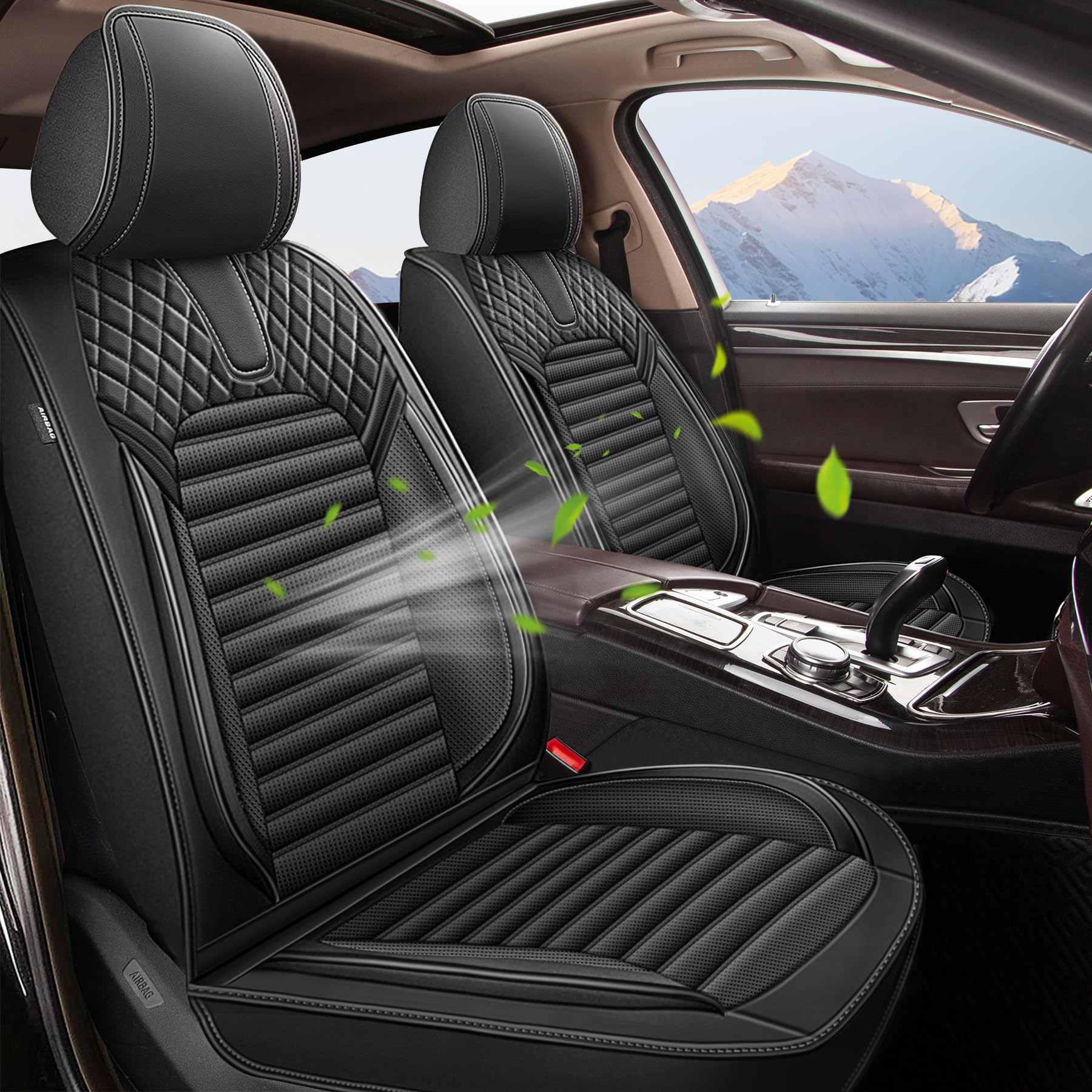
They also protect your original upholstery from sweat and wear. When choosing ventilated seat covers, look for ones that are compatible with your car’s seats and easy to install.
Regularly cleaning and maintaining the covers will ensure they remain effective and hygienic. By using ventilated seat covers, you can stay cool and comfortable, even on the hottest days, and keep your car’s interior in better condition.
5. Crack the Windows
Leaving your car windows slightly cracked open can help ventilate the interior and prevent heat buildup. This allows hot air to escape and cooler air to circulate, reducing the temperature inside your vehicle.
When parking your car, open the windows just a small amount, enough to allow airflow but not wide enough to compromise security. This method works best when used in conjunction with other cooling strategies, such as using a sunshade or parking in the shade.
Be cautious when using this technique in areas with high security risks or unpredictable weather conditions. Additionally, some car models come equipped with vent visors or window deflectors, which allow you to crack the windows even during light rain without letting water in.
By keeping your windows slightly open, you can create a more comfortable and cooler environment inside your car during extreme summer heat.
6. Use a Reflective Car Cover
A reflective car cover is an excellent way to protect your vehicle from the sun and keep it cool during the summer. These covers are designed to reflect the sun’s rays, reducing heat buildup inside the car.
Made from lightweight, reflective materials, car covers provide an effective barrier against UV rays and heat. They are easy to put on and take off, making them a convenient option for daily use. Reflective car covers also protect your car’s exterior from dust, dirt, and bird droppings.
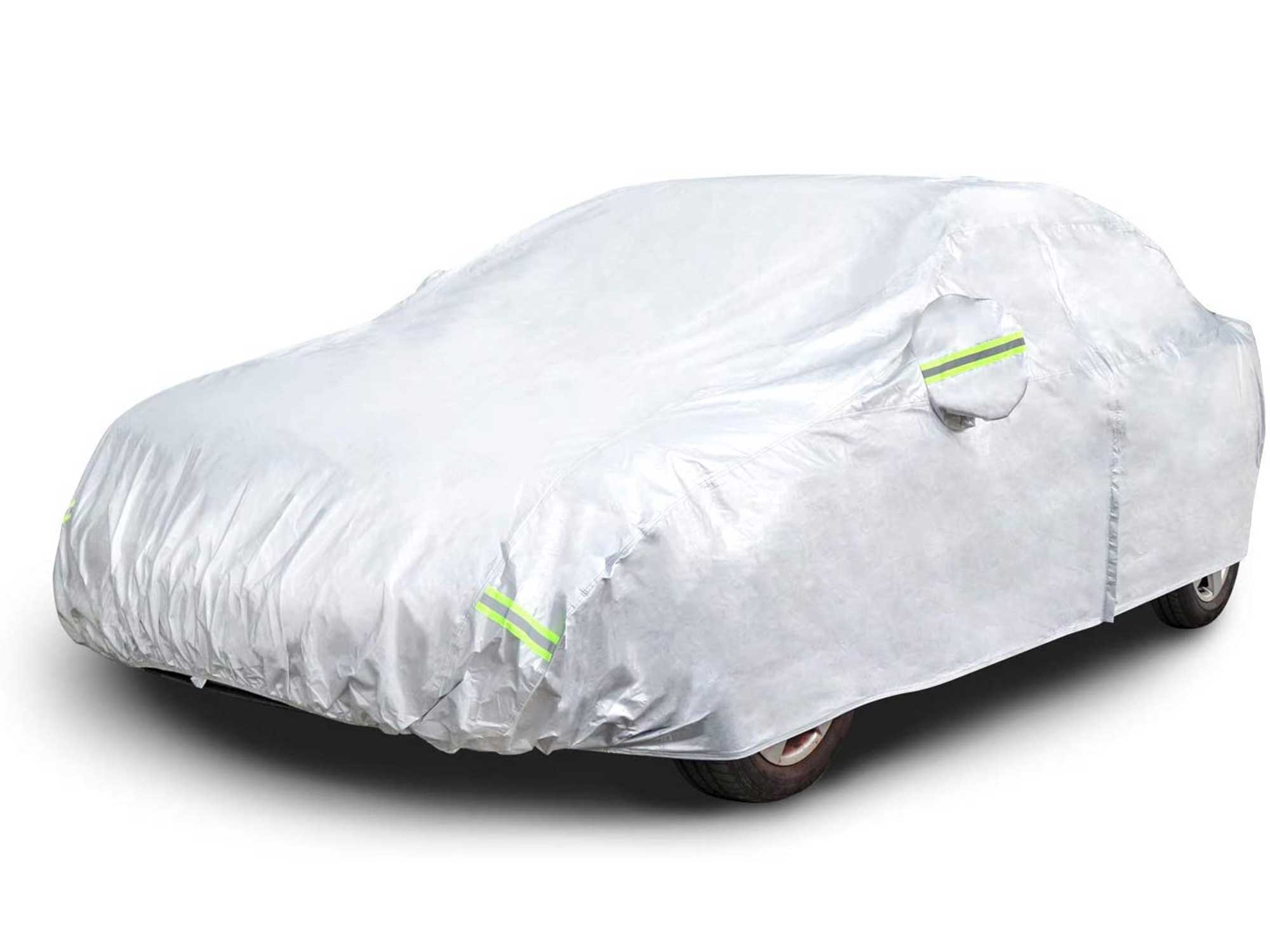
When choosing a car cover, look for one that fits your vehicle properly and is made from durable, weather-resistant materials. Using a reflective car cover regularly can help maintain a lower interior temperature, protect your car’s paint and interior from sun damage, and ensure a more comfortable driving experience during the summer months.
7. Avoid Using Dark Upholstery
Dark-colored upholstery tends to absorb more heat than lighter colors, making your car’s interior hotter during the summer. If you’re in the market for a new car or considering reupholstering your current vehicle, opt for lighter-colored seats and interiors.
Light-colored materials reflect more sunlight, helping to keep the interior cooler. If changing your upholstery isn’t an option, consider using light-colored seat covers to achieve a similar effect. These covers can provide a barrier between the dark upholstery and the sun, reducing heat absorption.
Additionally, using light-colored accessories such as dashboard covers and steering wheel covers can further help to keep the interior cooler. By making these adjustments, you can minimize heat buildup in your car and enjoy a more comfortable environment, even in extreme summer heat.
8. Keep Your Car’s Air Conditioning in Top Shape
Maintaining your car’s air conditioning system is crucial for staying cool during extreme summer heat. Regularly check and service the air conditioning system to ensure it’s functioning efficiently.
This includes inspecting the refrigerant levels, cleaning or replacing the air filters, and checking for any leaks or issues with the compressor and other components. If you notice a decrease in cooling performance, have a professional technician diagnose and repair the system promptly.
Additionally, running the air conditioning for a few minutes each week, even during the off-season, can help keep the system in good working condition. Using sunshades, parking in the shade, and other cooling strategies can also reduce the load on your air conditioning system, making it more effective and efficient.
By keeping your car’s air conditioning in top shape, you can ensure a comfortable and cool driving experience during the hottest summer days.
9. Install Solar Powered Fans
Solar-powered fans are an innovative and eco-friendly solution for keeping your car cool in extreme summer heat. These fans use solar energy to operate, requiring no external power source. They can be mounted on the car’s windows or dashboard and help to ventilate the interior by circulating air and reducing heat buildup.
Solar powered fans are particularly useful when the car is parked, as they continue to operate using sunlight. Look for fans with adjustable settings and durable construction for the best performance.
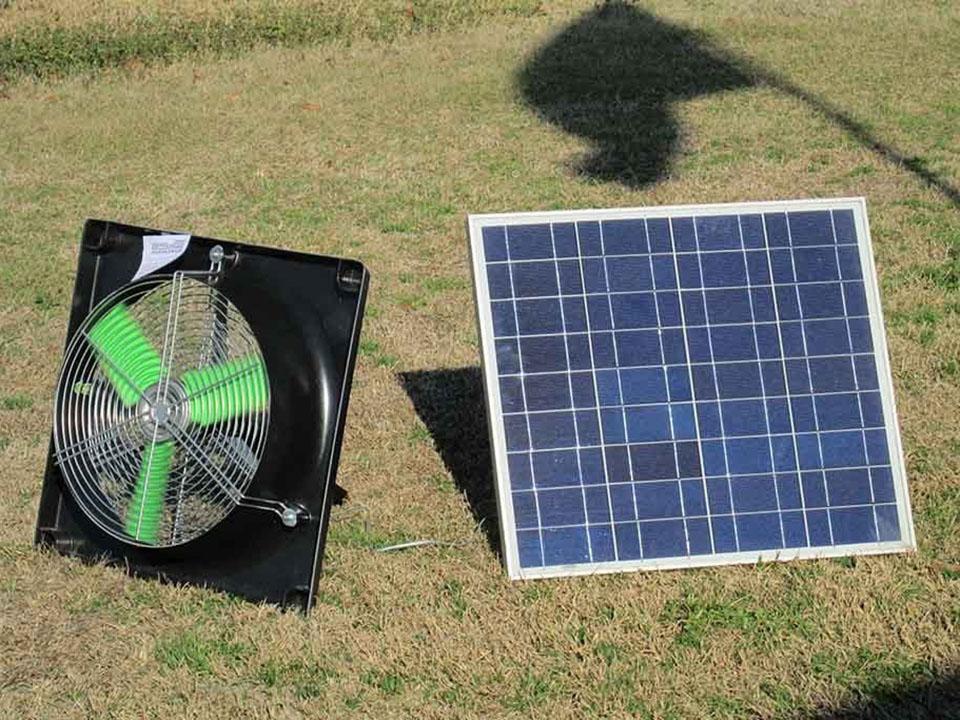
Installing one or more solar powered fans in your car can significantly improve ventilation, reduce the temperature inside the vehicle, and enhance comfort. This sustainable solution not only helps keep your car cool but also reduces the reliance on the air conditioning system, potentially improving fuel efficiency.
10. Use Coolant Additives
Coolant additives can help improve your car’s cooling system efficiency, keeping the engine cooler during extreme summer heat. These additives are designed to enhance the heat transfer properties of the coolant, allowing it to dissipate heat more effectively.
They can also provide additional protection against corrosion and improve the longevity of the cooling system components. When using coolant additives, follow the manufacturer’s instructions carefully and ensure they are compatible with your vehicle’s cooling system.
Regularly check the coolant levels and top them off as needed. Additionally, ensure your radiator and cooling system are in good condition by having them inspected and serviced regularly. By using coolant additives, you can help maintain optimal engine temperature and prevent overheating, ensuring your car runs smoothly and efficiently even in the hottest weather.

